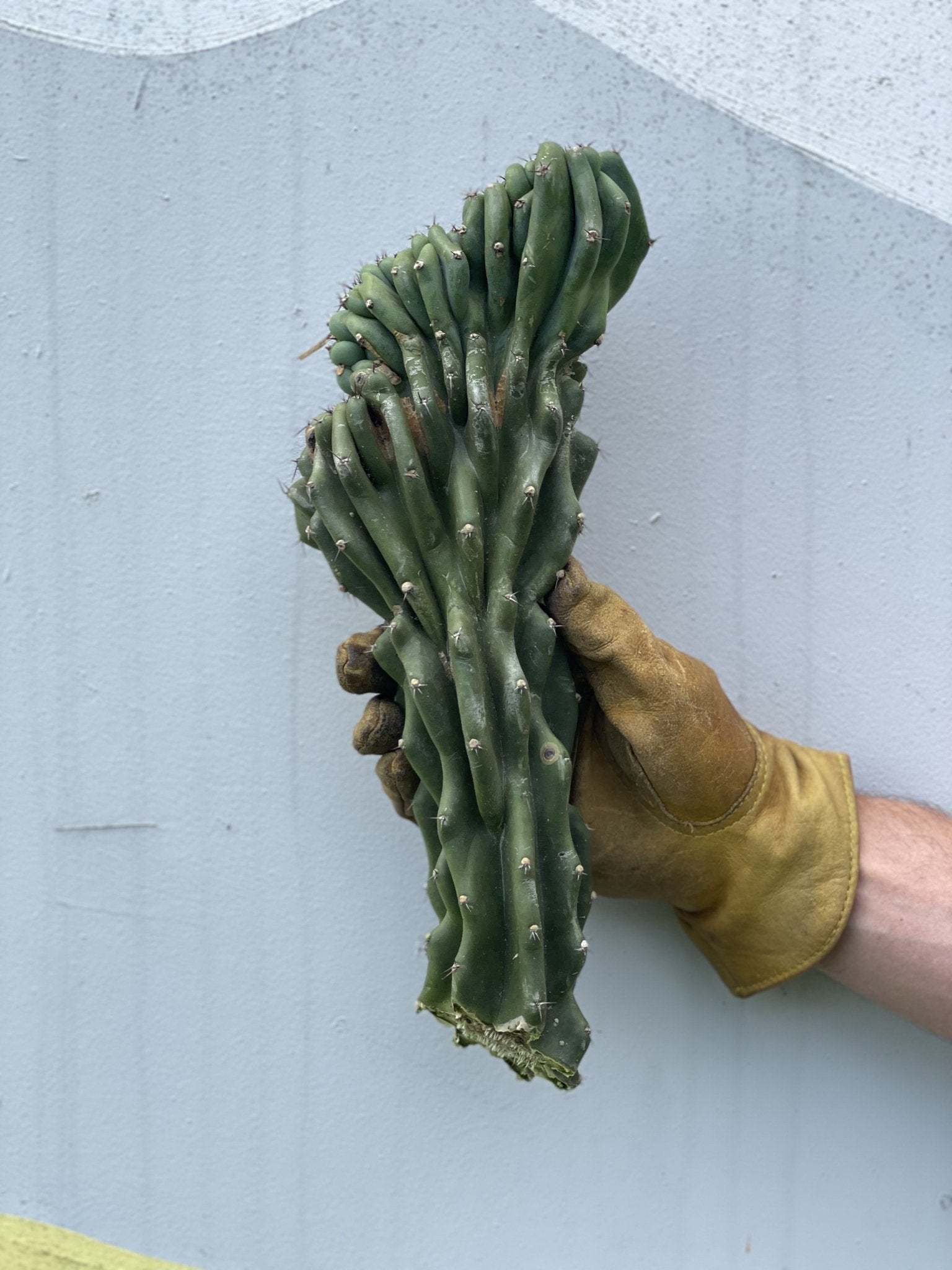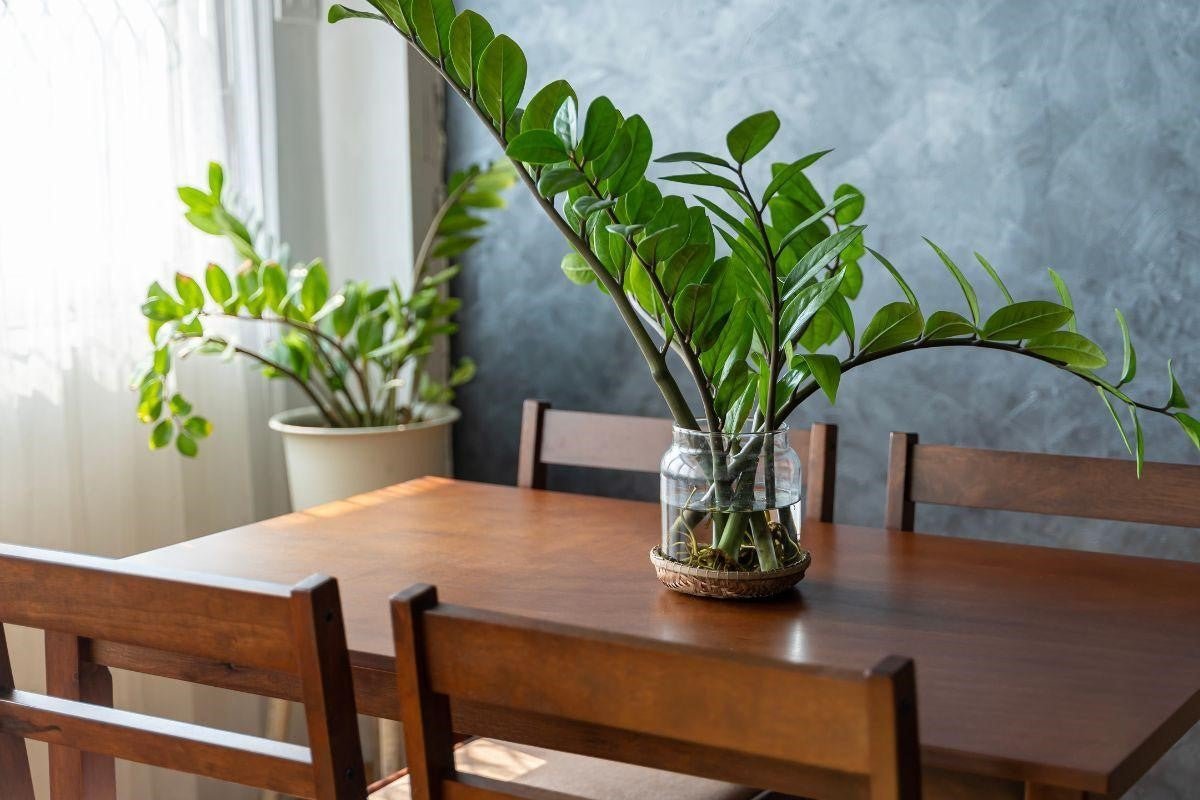30 seconds summary
-
These plants not only add aesthetic appeal but also promote relaxation and well-being. Cacti, with their unique shapes and minimal care requirements, can create a serene, low-maintenance atmosphere.
-
Tropical plants, such as ferns or peace lilies, bring lush greenery and a sense of tranquility, helping to purify the air.
-
To maximize their calming effect, place plants in natural light, avoid overcrowding, and choose soothing plant varieties that align with your space's vibe. A balanced combination of cacti and tropical plants can transform any room into a peaceful, healing sanctuary.
Creating a calming and nurturing environment is crucial in spaces where individuals need care and support, such as in Alzheimer’s care settings. In these spaces, a peaceful atmosphere can have a profound impact on mental well-being, helping to reduce stress and anxiety, improve mood, and foster a sense of calm and comfort. One effective way to achieve this is by incorporating elements of nature, including plants, which have been shown to enhance the physical and psychological health of individuals. Among the many types of plants that can be used in such spaces, cactus and tropical plants offer unique advantages, both aesthetically and therapeutically.
This article explores how incorporating cactus and tropical plants into care spaces can create a soothing environment, particularly in Alzheimer’s care settings. We will discuss the benefits of these plants, how to choose the right ones, and practical tips for integrating them into your home or care facility. By the end of this article, you will understand how to use the healing power of plants to foster a more peaceful and supportive atmosphere in spaces dedicated to care.
The Power of Plants in Alzheimer's Care
Alzheimer’s disease is a progressive neurodegenerative condition that primarily affects memory, thinking, and behavior. As the disease progresses, individuals can experience increased confusion, agitation, and difficulty in recognizing their environment and loved ones. Creating a calming home environment can help alleviate some of these symptoms, enhancing the well-being of those with Alzheimer’s. Plants, particularly cactus and tropical varieties, can play a vital role in fostering this environment.
Research has shown that spending time in nature, or even just being surrounded by plants, has positive effects on mental health. In fact, studies suggest that plants can lower stress, improve mood, and enhance cognitive functioning. For individuals with Alzheimer’s, the presence of plants can evoke memories of positive experiences, providing sensory stimulation that is beneficial for cognitive engagement. The process of caring for plants, even on a basic level, can give individuals a sense of purpose and responsibility, further boosting their mental health.
Benefits of Cactus and Tropical Plants in Care Spaces
When considering what types of plants to incorporate into Alzheimer’s care spaces, cactus and tropical plants stand out for several reasons. Each type has distinct benefits that make them well-suited for creating a calming environment.
Cactus Plants: Resilient and Low Maintenance
Cactus plants, often associated with desert landscapes, are an excellent choice for care spaces due to their resilience and low maintenance needs. Many varieties of cacti are drought-tolerant, requiring minimal watering, which makes them ideal for individuals with limited mobility or those who may struggle with regular plant care. Their unique shapes, textures, and vibrant flowers can also serve as visually stimulating elements, adding interest and beauty to a room without overwhelming the space.
The calming nature of cactus plants also stems from their minimalist aesthetic. Cacti often have a simple, geometric form, which can be soothing for individuals who find excessive decoration or clutter overwhelming. Their presence in Alzheimer’s care settings can help create a serene atmosphere without creating a chaotic or distracting environment.
Furthermore, cactus plants can be highly symbolic. The resilience and ability to thrive in harsh environments mirror the strength and perseverance of individuals with Alzheimer’s, creating a sense of connection between the plants and the people they support. This can promote a sense of peace and hope, both for caregivers and for those receiving care.
Tropical Plants: Vibrant, Lush, and Sensory-Stimulating
Tropical plants, on the other hand, bring an entirely different set of benefits to care spaces. Known for their vibrant colors, large leaves, and lush foliage, tropical plants can bring a sense of tranquility and rejuvenation to a room. The rich greens, bold reds, and soft yellows of tropical plants create a visually stimulating environment that can evoke positive emotions and memories, especially in those with Alzheimer’s, who may respond positively to bright colors and natural elements.
In addition to their visual appeal, tropical plants offer a sensory experience through their textures, scents, and even sounds. The broad leaves of plants like the monstera or banana tree provide tactile stimulation, while the gentle rustling of leaves can be soothing. Some tropical plants, such as gardenias or jasmine, release delightful fragrances that can enhance the olfactory experience in a care space. These sensory interactions can help stimulate cognitive functions, promoting engagement and providing comfort.
Tropical plants are also known for their air-purifying properties. Many species of tropical plants, including peace lilies, spider plants, and snake plants, can absorb harmful pollutants from the air, improving indoor air quality. For individuals in care settings, particularly those who may have respiratory concerns, cleaner air can contribute to better overall health and a more comfortable environment.
Tips for Incorporating Cactus and Tropical Plants into Alzheimer Care Spaces
Integrating cactus and tropical plants into care spaces requires thoughtful planning to ensure they contribute to a calming and supportive environment. Here are some practical tips for selecting and caring for these plants in Alzheimer’s care settings:
1. Choose Plants with Non-Toxic Properties
When selecting cactus and tropical plants for a care space, it is essential to choose species that are non-toxic to individuals. Some plants, including certain varieties of cactus, may have spines that could cause injury if touched, while others may be toxic if ingested. Ensure that the plants chosen are safe for everyone in the space, particularly for individuals who may be prone to putting objects in their mouths or touching things impulsively.
There are many safe options, such as the soft cactus varieties like the Bunny Ears cactus or the tropical plants like spider plants, which are non-toxic and safe for all to interact with.
2. Consider the Space and Lighting
Before placing plants in care spaces, take into account the lighting and size of the area. Some cactus varieties thrive in bright, direct sunlight, while others, like tropical plants, tend to do better in low to medium-light conditions. For Alzheimer’s care spaces, it is crucial to match the plant's needs with the available lighting in the room to ensure optimal growth.
Additionally, consider the size and placement of plants to avoid overcrowding or creating barriers that could impede movement. Tall tropical plants may need to be placed in corners to avoid interfering with daily activities, while smaller cacti can be placed on shelves or windowsills to keep them out of the way but still accessible for enjoyment.
3. Create a Sensory Garden
One effective way to incorporate both cactus and tropical plants is by creating a sensory garden. This can be a dedicated space within the care environment where different plants engage the senses of touch, sight, and smell. Arrange cactus and tropical plants in such a way that individuals with Alzheimer’s can enjoy interacting with them. Include plants with varied textures, such as the spiky surface of cacti and the smooth, broad leaves of tropical plants, to encourage tactile exploration.
If possible, incorporate fragrant plants like jasmine, gardenias, or citrus trees, whose scents may evoke positive memories. The sounds of wind chimes or water features near the plants can further enhance the sensory experience, creating a calm and peaceful retreat within the home or care facility.
4. Encourage Plant Care as a Therapeutic Activity
Incorporating cactus and tropical plants into Alzheimer’s care spaces can also become part of a therapeutic activity. If the individual is capable, involve them in basic plant care tasks, such as watering, dusting the leaves, or arranging the plants in a new configuration. Engaging with plants in this way can help provide a sense of purpose and satisfaction, which is particularly valuable for individuals with Alzheimer’s who may experience a loss of independence.
Even if the person is not able to fully care for the plants, simply having them involved in the process of choosing where to place the plants or picking out new ones for the space can foster a sense of connection to their surroundings.
5. Maintain a Simple, Clutter-Free Environment
While plants can add beauty and serenity to care spaces, it is important not to overdo it. Too many plants can create visual clutter, which may be overwhelming for individuals with Alzheimer care. Instead, focus on a few carefully selected cactus and tropical plants that add value to the space. Arrange them in a way that complements the room’s design, maintaining an overall sense of order and calm.
Keep the space tidy, removing any dead leaves or debris that may accumulate. This simple maintenance will help the plants thrive and ensure that they contribute to a clean, peaceful environment.
Conclusion
Incorporating cactus and tropical plants into Alzheimer’s care spaces is a simple yet effective way to create a calming environment that enhances the well-being of individuals receiving care. These plants bring aesthetic beauty, sensory stimulation, and therapeutic benefits that can positively impact mental and physical health. By carefully selecting and placing cactus and tropical plants in care spaces and involving individuals in plant care activities, you can foster a serene atmosphere that promotes comfort, relaxation, and cognitive engagement.
In Alzheimer’s care settings, where daily life can be filled with confusion and agitation, the soothing presence of plants can provide a sense of continuity and stability, supporting emotional health and improving quality of life. Whether you’re creating a small plant corner or integrating a full sensory garden, the healing power of nature can make a profound difference in the lives of those in your care.












Leave a comment